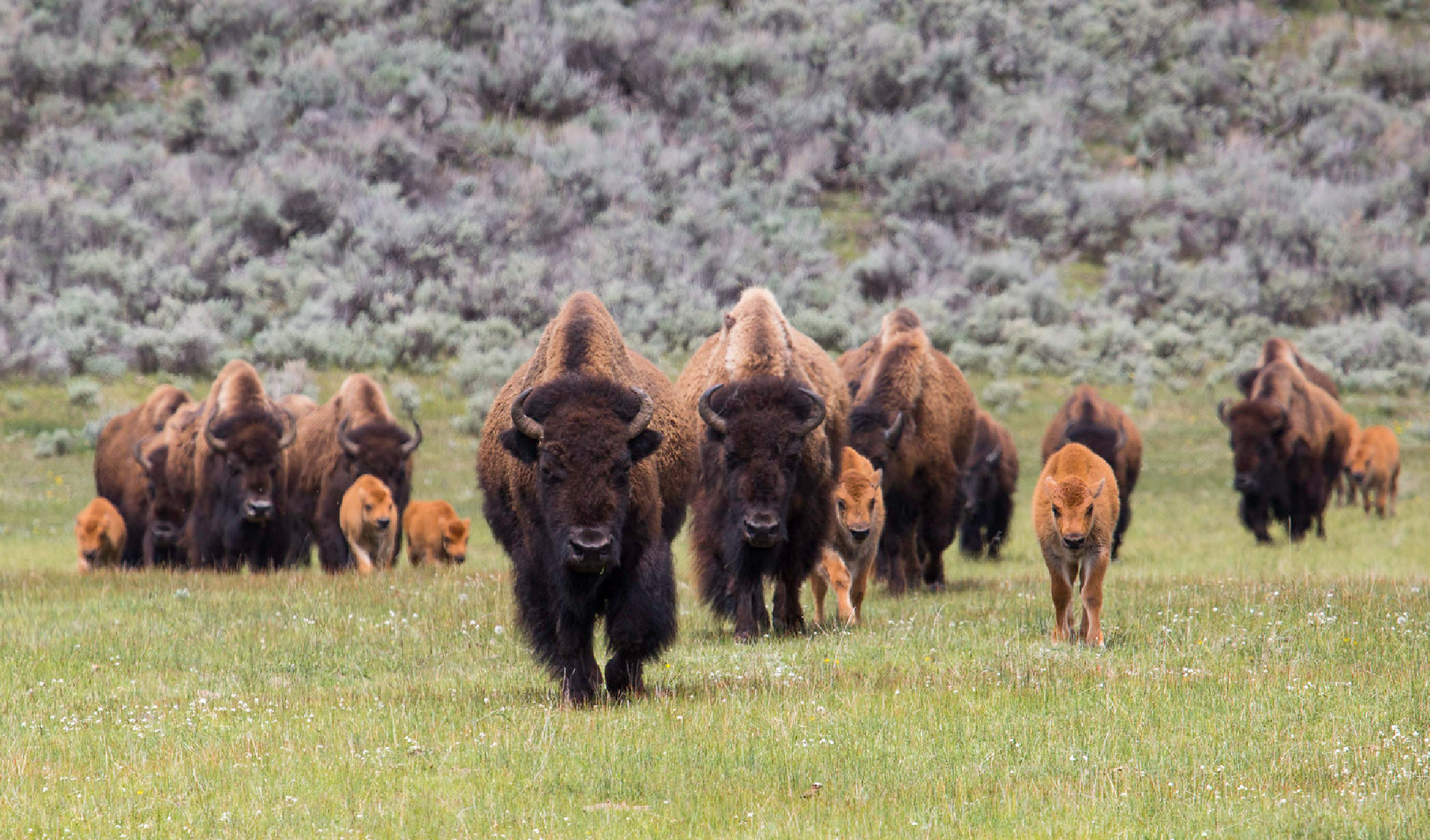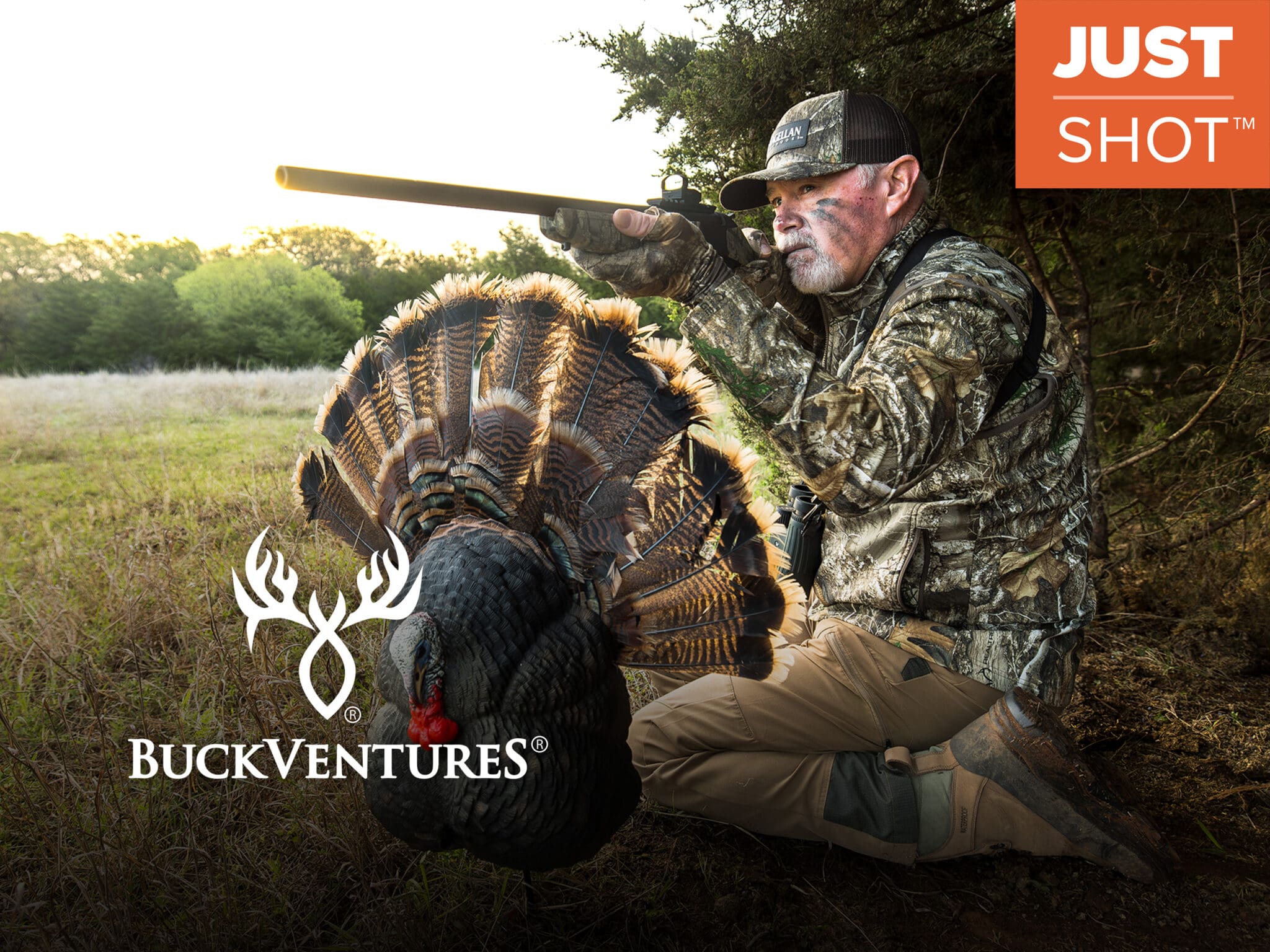We may earn revenue from the products available on this page and participate in affiliate programs. Learn more ›
Trap shooting remains our most popular and widespread clay target game, and one that’s relatively easy to pick up, if impossible to ever master. Learning to set your feet right for each post, and to find the right hold point for your gun barrel can help you break more targets right away. Once you find foot and hold positions that work for you, be consistent with your setup each time. This will translate to more hits and better scores. Here is a quick guide to trap shooting, foot positioning, and hold points at each post.

A Round of Trap
There are three trap shooting disciplines: singles, handicap, and doubles. By far, the most common is singles, which is shot from the 16-yard line. One to five shooters can shoot at a time. Each one starts at one of the five posts. You shoot in turn. Each shooter calls for a target and shoots, then the next loads their gun, calls and shoots, and so on down the line. After five shots at a post, you rotate to the next one until you’ve shot 25 shells among the five posts.
Only load one shell at a time, and be sure your gun’s action is open when you’re not shooting. Keep your gun pointed at the ground with the action open as you walk from one post to the next. Also, keep quiet. There is no talking in trap other than to call for targets. Trap shooters socialize in the clubhouse, not on the field.
You’ll need a gun with a modified or tighter choke, preferably a 12-gauge. Eye and ear protection is mandatory, and you will need a pouch that holds a box of shells and has a place for your empties. Some people who shoot semiautomatics buy a shell catcher (there are shell catchers that are model-specific and also universal, stick-on versions), so they don’t pelt the person to their right with empties, and they don’t have to pick up hulls.
There is no one recommendation for foot position. You’ll have to experiment to see what’s best for you. One piece of standard advice, and a good starting point, however, is to set your feet (for a right-handed shooter) for the furthest right-hand target you will have to shoot at each post. The reasoning is that it’s much easier for a right-hander to swing to the left without binding up than to swing to the right.
Your feet should be shoulder-width apart or a bit less, and your knees relaxed so you can generate swing from your ankles. Swinging with only your upper body risks pulling the gun off the target.
Trap Shooting: Post-by-Post
With the trap oscillating randomly, you never know exactly which angle you will see (nor can you guess or “read” a trap, believe me), so you want to a hold point that readies you for a left, a right, or a straightaway. Most people like a hold point that gives them an advantage on the sharpest angled targets. Here are a few tips for each post.
Post 1
- Hold on the left corner of the trap house. The corner hold gives you a head-start on the left-hand target and means you don’t have to swing the gun very far to make the shot.
Post 2
- Hold halfway between the middle of the house and the left corner.
Post 3
- In the middle of the field, hold just off the center of the trap. If you’re right-handed, hold slightly right. If you’re left-handed, hold left. Holding off-center means your gun won’t block your view of a true straightaway. While new shooters fear the angles, you’ll soon learn that straightaways and shallow quartering angles are tough because they require a small, smooth move. They are easy to misread and to shoot over. That means a hold point that doesn’t block your view of the target gives you an advantage.
Posts 4 and 5
- These are mirror images of the holds at 1 and 2. Hold halfway between the middle and the right corner for 4. Hold on the right corner for 5, where you will be in a good position for the dreaded “hard right.” Some shooters hold all the way off the house to the side to be ready for hard rights, but that risks having to make too big a move to come back and hit the straightaways or left angles.
Gun Positioning
How high you hold your gun comes down to personal preference. Most shooters begin their trap shooting careers with the gun held on the back edge of the trap house roof. You can experiment with holding higher, as much as two or three feet over the house. A high hold minimizes the move you must make to get to the target, and it’s an easier way for many people to shoot.
If you adopt a high hold, you will probably want to lower it as you move farther back from the 16-yard line to longer handicap distances. Counter-intuitively, the farther back you go, the smaller the move you need to make. Whatever hold points and elevations you choose, once you point your gun at the hold point, raise your eyes off the gun a foot or so and look into the distance with a soft focus, wait for an instant, and call “pull.”
Read the full article here




